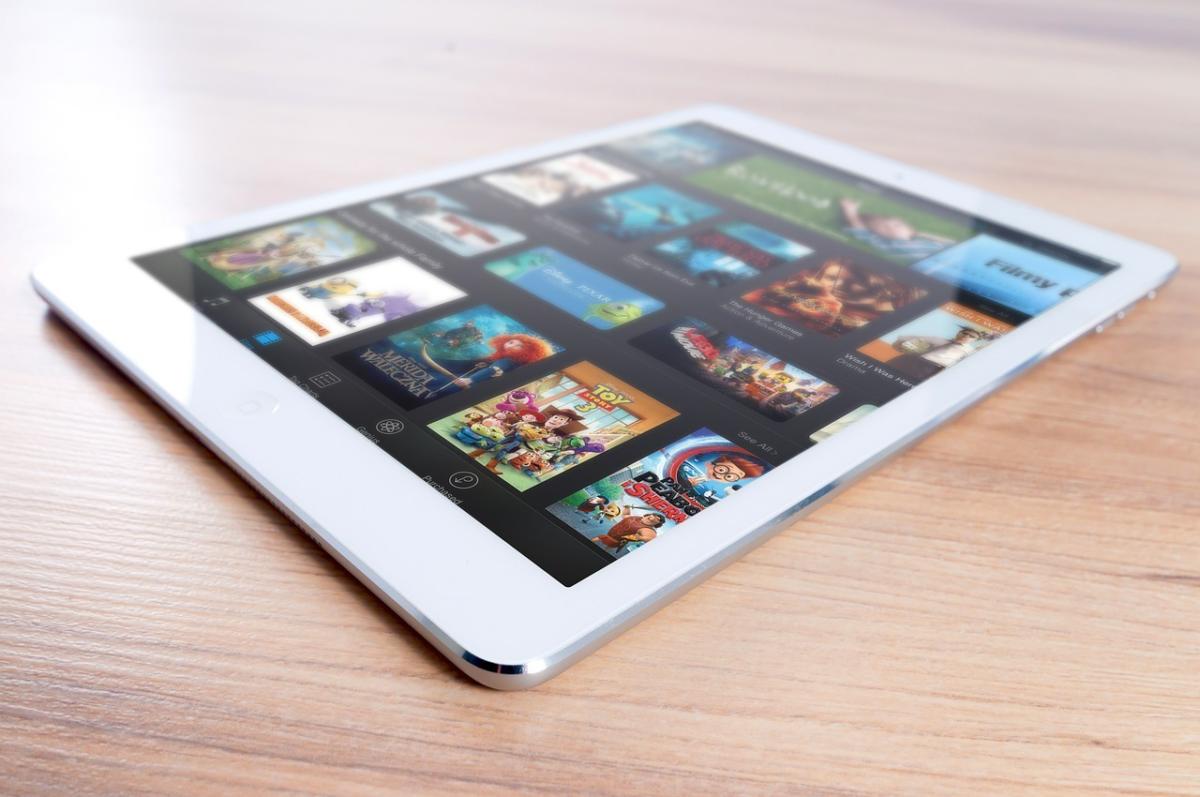What do you do when you see a ground-breaking product sell hundreds of millions of units and enjoy sky-high user satisfaction? You watch sales steadily drop after that initial wave, not because the fad is over but because the product is so good that people don’t need to replace it. It just keeps working great for years.
Welcome to Apple’s iPad dilemma.
Five years ago or so, the iPad’s sales were so strong that some predicted iPads would displace computers as the primary computing device for many people. That hasn’t happened, but it’s true that an iPad can be your primary computer for many activities, at least for hours at a time. I for one haven’t brought a laptop with me on business trips for years now, just my iPad.
But I still need my Mac or Windows PC; a full-on computer is what I use at my main workplaces, for the reasons we all know:
- You can do more work with a bigger screen, both within your apps and by using multiple apps at the same time.
- A physical keyboard and mouse are much better for intensive manipulation, especially for finer control of objects and for volume typing.
- There are some apps that just aren’t available for the iPad, and some capabilities in some key apps that aren’t available in the iOS version.
The first two problems are ones Apple could easily address, making the iPad a more plausible main computing device for many users. (The third issue is really up to developers to address, but they’ll be more likely to if the market is there, which tackles the first two issues to be addressed by Apple.)
Apple has long supported Bluetooth keyboards for the iPad, so the real input issue is the pointing device. iOS supports only the Apple Pencil, and only on the iPad Pro models. Styli are awkward for many screen manipulations outside drawing and checklists, which is why they have never taken off for general-purpose computing, even though they’ve been available for Windows and MacOS for decades. Apple really should support Bluetooth mice. How hard can that be? (Android does, after all.)
The more difficult issue is supporting larger screens. The iPad has long supported external displays, both through HDMI and VGA cables and through Apple’s wireless AirPlay protocol. So the issue isn’t the video connection per se.
The display challenge is having iOS adjust to a large screen. That means supporting multiple overlapping windows like Windows and MacOS have long done. It also means ensuring applications can work at any window size, again like Windows and MacOS. I have no doubt Apple can make this work—after all, Samsung has done it with the Dex docking station for its Android-based Galaxy S8 smartphone. And I have no doubt that developers could adapt their apps to support such flexible large-screen windowing; because Apple’s Xcode development environment is used for creating both MacOS and iOS apps, it could even help them get there quickly.
These two changes would transform the iPad into a replacement laptop, while letting it function as the standalone iPad so many of us know and love. I believe such changes would make the iPad much more attractive to businesses, which have shown much more interest in touchscreen laptops with removable keyboards (aka tabtops) like Microsoft’s Surface Pro.
iPads are widely used in several niches, such as by repair technicians, roaming sales clerks, and delivery staff. But they’re used largely as an adjunct device by information workers, something to bring to meetings and conferences by users secure in the knowledge their “real” computer is back at their desk or hotel room. The changes I describe could change that usage distribution broadly.
Of course, such an adaptive iPad would threaten MacBook sales, because the MacBook has evolved into a lightweight, power-sipping device that has matched two of the iPad’s initially revolutionary advantages over laptops: extreme portability and all-day battery usage. With the MacBook and Windows laptops having duplicated the iPad’s initially unique advantages, the iPad has struggled to justify its existence relative to a laptop for many users.
But Mac sales continue to decline, so it would be better for Apple to cannibalize MacBook sales through increased iPad sales than to let Windows tabtops and perhaps Dex-style Android devices do it instead. Apple made partial attempts to broaden the iPad’s utility with iOS 9’s laptop-like features and then with the iPad Pro, a clear ripoff of the Microsoft Surface Pro. But Apple held off on going all the way.
The iPad is a great device. Apple just needs to make fit better into more people’s computing portfolios.






